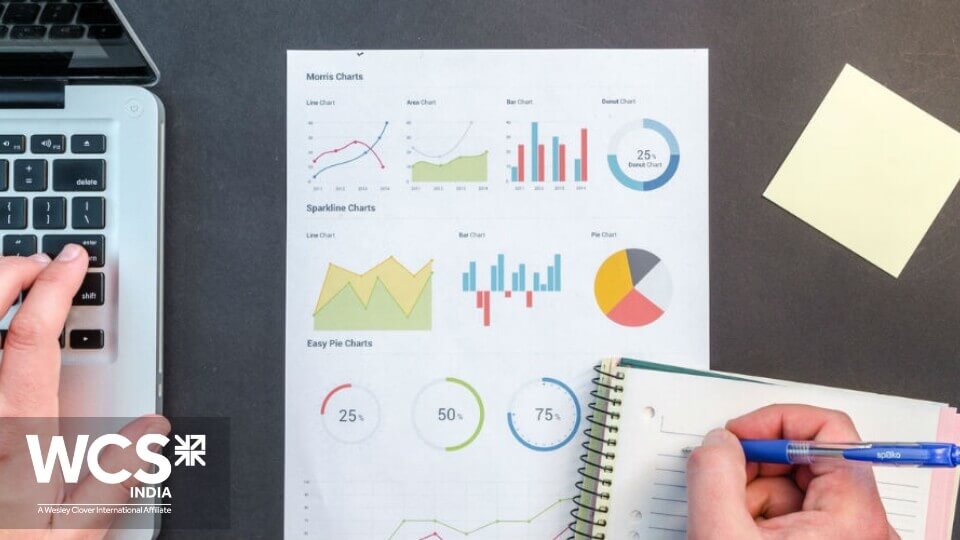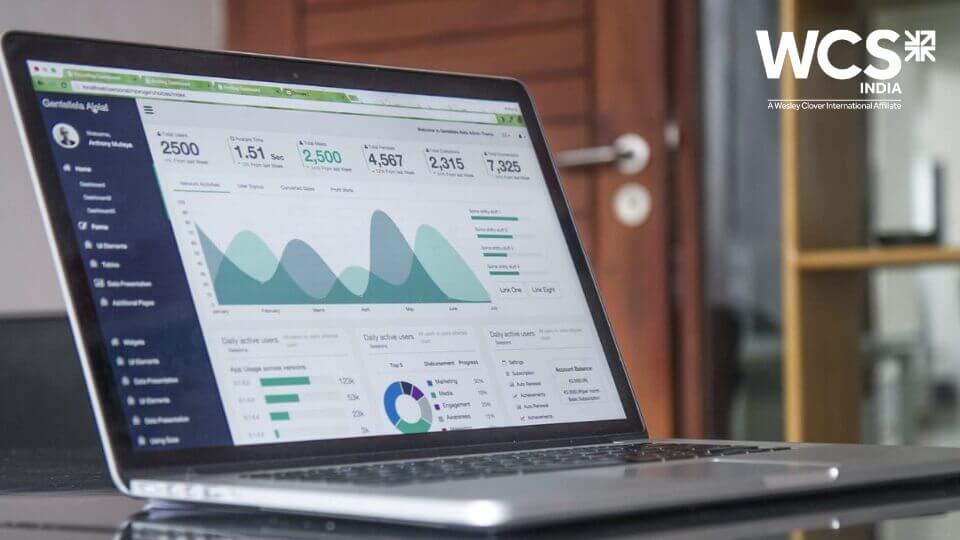List of Call Center Terminologies : A to Z Contact Center Glossary
This blog aims to talk about some of the call center terminologies that everybody must be aware of in the world of customer service. Let us have a look at the compete glossary below:
1. Abandoned Call : A call or any contact to the contact center that is ended before any conversation occurs.
2. Agent : A call center agent also known as call center representative is a person who is responsible for handling incoming and outgoing customer calls or any other communication with the customers in the contact center of an organization.
3. Automatic Callback : If a caller gets a busy tone, then this feature in the telephone system instructs the system to re-establish the connection when the line is clear and available.
4. Interactive Voice Response (IVR) : It is a system through which the callers can make choices using numerical values to reach any particular department. For example, Press 1 for Sales Department, Press 2 for Customer Care Executive etc.
5. Automatic Call Distributor (ACD) : It is a system that routes incoming calls to the appropriate contact center agents based on different criteria, for instance, selection made by the customer agent through automated attendant. Its important role is to produce management information that tracks calls and the performance of the agents.
6. Automatic Speech Recognition (ASR) : With minimum interference of the call center agent, this solution handles almost the entire customer call, allowing call centers to use natural language.They allow customers to interact with the system by speaking instead of pushing buttons.
7. Automated Broadcast : This solution is used when there is a need to announce any new product or a service, making marketing promotions or in case of emergency alerts. It is a phone message that is broadcast-ed and is sent to a group of recipients.
8. Busy Hour Call Attempts (BHCA) : It is the number of telephone calls attempted during the busiest hour of the day. It is used to evaluate the capacity of telephone networks.
9. CRM : This technology focuses entirely on customer satisfaction and loyalty. It identifies and manages customer relationships in person and virtually as well. The four important segments of the company come under this solution and this includes : sales, marketing, customer service and digital commerce.
10. Call Logging : Also known as call recording and call monitoring is a solution through which one can assess, listen and record the interactions between the call center agents and the customers.
11. Call Blending : This strategy is adopted when the agent has to do more of outbound calls and to simplify the demand of inbound and outbound calls. It sets the strategy that at a particular time, the agent would receive less of inbound calls and vice versa.
12. Call Center Shrinkage : This solution makes an estimate as to how much total time is lost in various thinks like breaks, vacations, lunch, training and other holidays.
13. Co-Browsing : Also known as collaborative browsing is a software enabled technique in which someone in the contact center can interact with the customers using the customer's web browser to show them something or to help them if they are stuck in a query.
Free Download: Discover more on how you can increase CX with risk-free contact center solutions.
14. Hit Rate : Hit rate is the number of connected contacts as per the number of attempts. This metric is used to analyze the business performance associated with the outbound campaign. It is just like the success rate of the efforts made. For instance, it is the number of products sold as per the number of people who visited the e-commerce website.
15. Multi-Channel : This term is used to describe the contact center that offers customer service through various communication channels such as text, web chat, call, social media, email etc.
16. Omni Channel : Omni-channel is used to describe a technique in which the customer service journey goes seamlessly through various communication channels. For instance, while purchasing a product, if a customer interacted through call, she/he can continue the interaction through any other mode of communication in case a query is encountered some other time. The Omni channel technique eliminates the need to repeat the query over and over again.
17. Pacing Ratio : Ratio through which predictive dialer will make outbound calling and transfer connected call to the agent.
18. Power Dialer : Power dialer is put to use when the calls are placed one after the other instantly. In case when the number is busy or disconnected or when there is no answer, the next number is placed without any delay or input from the agent.
19. Predictive Dialer : In Predictive dialing, the outbound dialer dials the calls sequentially without having the agent on the line. It routes the call immediately to the agent available as soon as there is a live person on the other hand. The term 'Predictive' is used because beforehand it checks the availability of the agent and also calculates the time in which the live person will answer the call. Thus, using statistical algorithms, time spent by agents in waiting between conversations is minimized.
20. Progressive Dialer : It is an automated dialing technique in which the information of the contact is presented to the contact center agent before dialing the number. In this way, the agent gets some time to review the information presented on the display dialer before the dialer automatically places the call.
21. Preview Dialer : With the help of this solution, the agent is able to see the next call in queue and it rests on them when to take the next call or to skip it. In case of more complex sales, preview dialer is of great help as a bit of research can be done before taking the next call to enhance the level of customer's satisfaction.
22. Queue : Queue is the 'waiting line' in which the calls are held before the agent is available to handle the call.
23. Screen Pop : It simplifies things for the call center agents by automatically displaying all the relevant information of the caller on the screen during a call.
24. Skills Based Routing : It is a solution in which the call routing is done to the contact center agent who has the best skills to handle the customers rather than routing to the first available agent.
25. Text to Speech : TTS is a feature in which the computer plays back written text as spoken words. It is a voice synthesizer that converts text in a human like voice, enabling companies to solve their customer queries easily. It increases automation and enhances the customer's experience, thereby making operational costs low.






